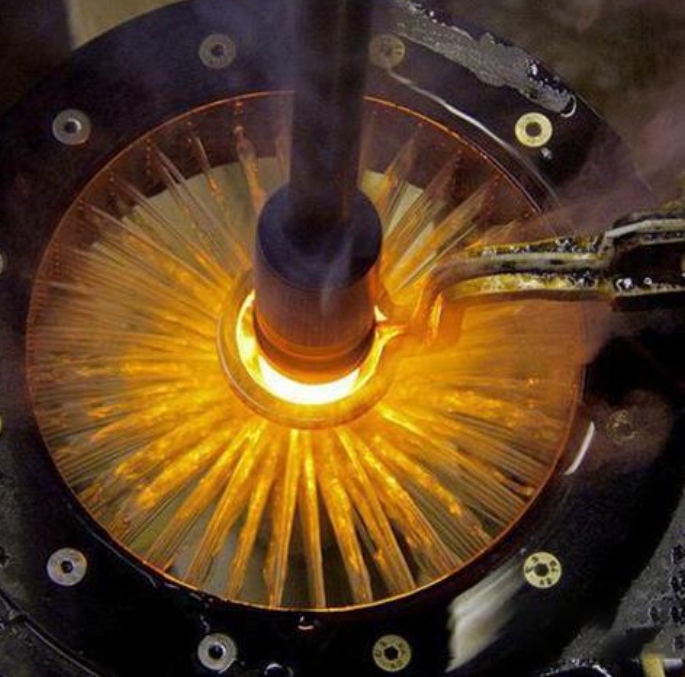- 06
- Jun
The hardness of the workpiece after being heated by high-frequency quenching equipment
The hardness of the workpiece after being heated by high-frequency quenching equipment
1. Knoop hardness: Generally, this value is mainly used in processing, which is the hardness measured as a positive value.
2. Leeb hardness: expressed by HL, the impact body with a certain quality of tungsten carbide ball head is used to impact the surface of the test piece under the effect of a certain force, and then rebound.
3. Webster hardness: a hard steel indenter of a certain shape is pressed into the surface of the sample under the effect of the standard spring test force, and the hardness of the material is determined by the indentation depth of the indenter. In general, a Webster hardness unit is: 0.01mm indentation depth.
4. Shore hardness: a specification describing the hardness of materials, referred to as: HS.
5. Brinell hardness: generally used when the material is relatively soft, such as non-ferrous metals, steel, etc.
6. Rockwell hardness: used in materials with higher hardness, such as the hardness after heat treatment of high frequency quenching equipment. This is based on the depth of indentation plastic deformation to determine the hardness value target.
- Vickers hardness: Compared with Brinell and Rockwell hardness test, the measurement scale of Vickers hardness test is relatively wide.

